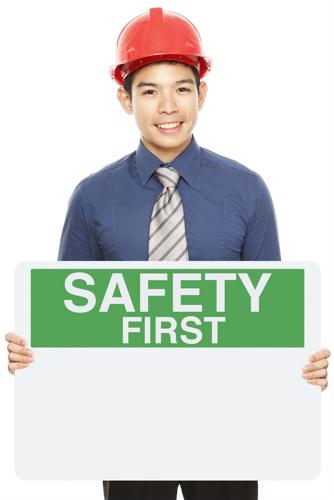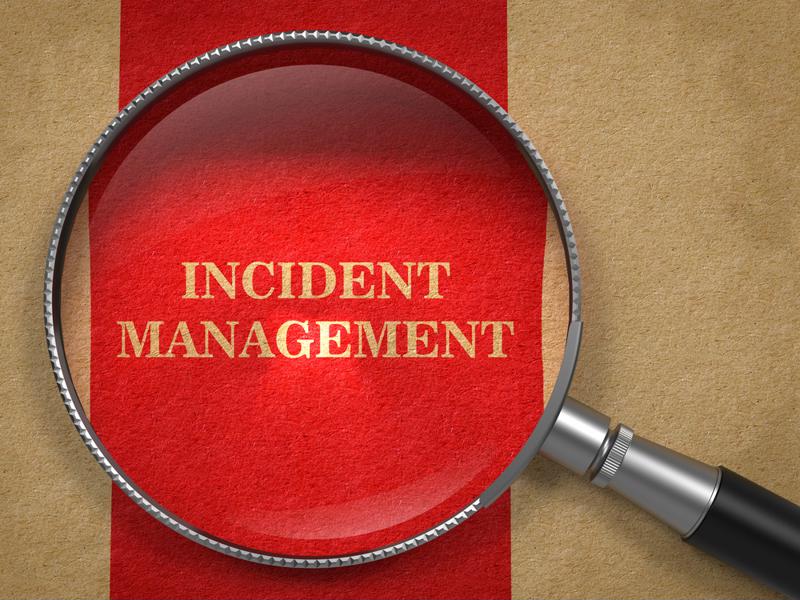Safety in the laundry industry: How to reduce risk in laundromats

It doesn’t take a lot for an accident to occur. Hazardous materials in a machine, dangerous spills on the floor or untrained workers – problems can appear from all angles in the laundry industry.
If you want to keep your laundromats safe and secure, then you’ll need to focus on a few critical elements. Thankfully today, many laundry managers understand the importance of safety, and are working on viable solutions to protect stores, employees and customers. If you want to revamp your laundromats’ safety measures, then here are a few recommendations from others in the industry:
Start with your fire hazards
Naturally, fire hazards are the biggest threat to the laundry industry. In an article for American Laundry News, Theresa Boehl spoke to a number of representatives from the linen and laundry industry.
“Fires pose a serious problem to laundromats.“
According to Jim Everitt, a code consultant and owner of Everitt and Associates, the biggest fire-related risk is lint. Your stores must have lint under control, which means installing the proper equipment and keeping everything in good working order. Your employees will also need to know how to identify lint risks as well as clean and inspect machines for problems.
However, lint isn’t the only fire hazard in the laundry industry. Everitt pointed to dangerous materials in clothes, like cooking oils. When these are placed in a dryer, they can heat up and even combust. While it is hard to track what is on each article of clothing laundered at your stores, you can monitor your customers.
Everitt recommended learning whether your customers are more likely to bring in clothes that are stained with these materials. If they are, you can install features to reduce risk, like large sinks to soak clothes before being placed in the machines. Install sprinklers and smoke detectors as well, just in case.
“The human nose is much more efficient at smelling smoke than a smoke detector,” Everitt told American Laundry News. “But the issue is, those laundries aren’t occupied 24/7.”
Educate your workers, customers
Your greatest allies against safety risks will be your workers and your customers. American Laundry News also spoke with Caleb Paige, safety manager at Faultless Linen, who noted that hazards can be mitigated with proper education.
“Empowering these workers will result in better, more feasible solutions and greater acceptance of any changes that take place, especially if those resulted from input given by them,” Paige explained to the news source.
In addition to fires, your business may also face injuries to workers and customers. Education can help prevent these incidents. Should a person be injured on your property, follow these steps, according to American Laundry News:
- See to the person’s injuries
- Administer medical treatment or call 911
- Dispose of any hazards
- Maintain evidence for investigation
- Make appropriate changes to improve safety
 Make the right decision about workplace safety.
Make the right decision about workplace safety.Stay involved with workplace safety
While your laundromats may not be staffed around the clock, you should still stay involved with workplace safety.
According to the U.S. Occupational Safety and Health Administration, you must train all your employees. Teach them proper safety protocol, make sure they know how to operate all equipment and hold regular training seminars. Most importantly, post safety materials around your stores for your workers and your customers. Don’t assume you are safe if you have a clean record. Be as proactive as possible moving forward.
Finally, you should also perform regular inspections of your laundromats. Once a month – or more frequently – walk through each location to look for potential hazards. Monitor your employees and customers to make sure they are following the rules, and make any changes should you see areas that need improvement. With this level of involvement, you’ll be on your way toward a safer laundry business.

